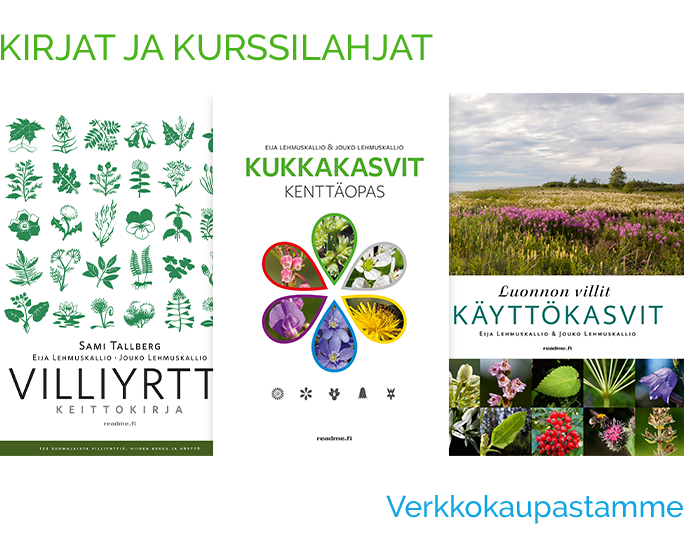Brambling
Fringilla montifringilla

Appearance
Northern cousin of the more familiar Chaffinch, most easily distinguished by its pale rump, and orange colouring on chest and shoulders.
Size
Length 14–16 cm, weight 19–28 g.
Nest
In a tree (often a spruce or birch) or a bush, at a height of 1–15 m. Made of beard lichen, moss, straw and down from willow catkins, lined with feathers, hair, mossy fragments and lemming fur etc.
Breeding
3–8 eggs laid May–June, incubated by female for 11–12 days. Fledglings remain in nest for 12–13 days.
Distribution
Nests in Northern Finland and more sparsely in Central Finland, only occasionally further south. Prefers to breed in sparsely wooded mixed and coniferous forest. Finnish breeding population estimated at 1–2.5 million pairs (among the country’s most numerous breeding birds).
Migration
Mainly by day. Flies south September–October, returning March–May. Winters in Western and Central Europe and around the Mediterranean, also in small numbers in Finland.
Diet
Seeds, invertebrates.
Calls
In flight “jek”, song reminiscent of Greenfinch song, but more deeply dipping, evenly phrased and melancholy.
Endangerment
Near threatened, protected.
Bramblings are slightly larger than Chaffinches, and have slightly longer tails. In all plumages they can be recognised by the orange colouring on their chest and shoulders, and their white rump. Like Chaffinches, they have two white stripes on each wing, but their dark tails lack the white edging visible on Chaffinches’ tails. Males in their summer breeding plumage have bluish black heads and upper backs, black spots on their flanks, and white bellies. In autumn their bluish black colouring disappears beneath the grey-brown colouring in the tips of their feathers. Juveniles and females are more modestly coloured, with brown patterning on their backs and streaks on their caps.
Bramblings have brown legs and irises. Males’ beaks are bluish black in summer, but yellow with a black tip in winter. Females’ beaks are pale reddish brown on the upper mandible and yellow around the base of the lower mandible.
